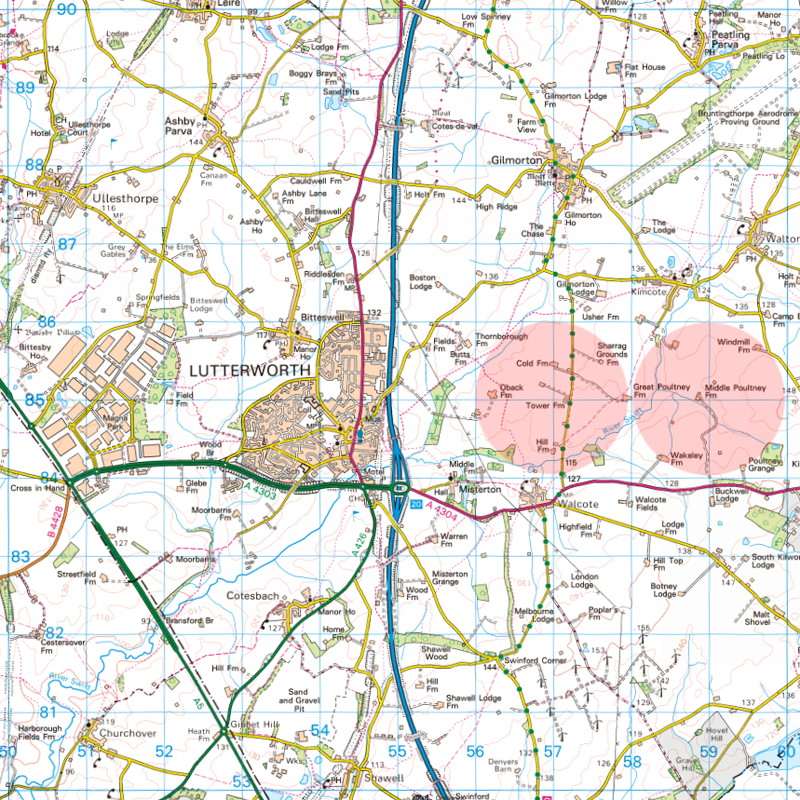I'm not referring to some below average height Monarch. Last Friday evening a local recorder Hazel Graves posted some leaf mines on our VC55 Facebook group that she believed to be Phyllonorycter pastorella. I confirmed that these did indeed look right, that there were no previous VC55 records and that this was a species only added to the British List in 2014. The post did not give any details for the record at that point. Given that it was a likely VC55 first I suggested posting to the British Leafminers group for confirmation, whilst also asking for the details.
By early afternoon on Saturday, I'd not seen a response and so decided to go out and have a nosey around at a likely site. I figured the Soar Valley was as good a place to check as any, but I was short on time so needed somewhere I could park up and check out quickly. Narborough Bog and Everard's Meadows are closer to home but would need a bit of a walk before hitting likely prime habitat, whereas Aylestone Meadows is a little further but I could be searching within a couple of minutes of parking up. So off I headed, and literally five minutes after parking I found mines on a big hybrid crack willow of some sort. I carried on searching and within half an hour or so I'd found it at three spots alongside the canal, all in the same tetrad and all on long-leaved crack willow type trees. Whilst I was out, Hazel posted some details: actually found the previous weekend at - Aylestone Meadows, albeit further north closer to the King Power stadium but within the same tetrad as those I found. Confirmed by Rob Edmunds.
I collected a handful of mines in the hope I'd find one tenanted. I ended up
with a couple tenanted with fresh pupae intact, and a couple vacated. Here's
an example showing the relatively large mine with a single crease and feeding
marks on the upper surface:
































